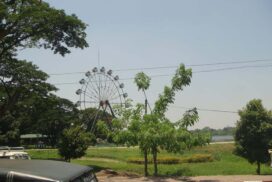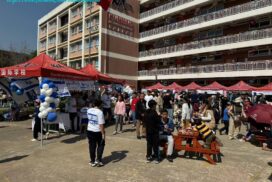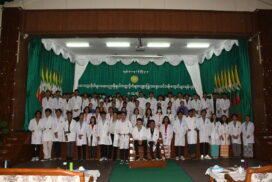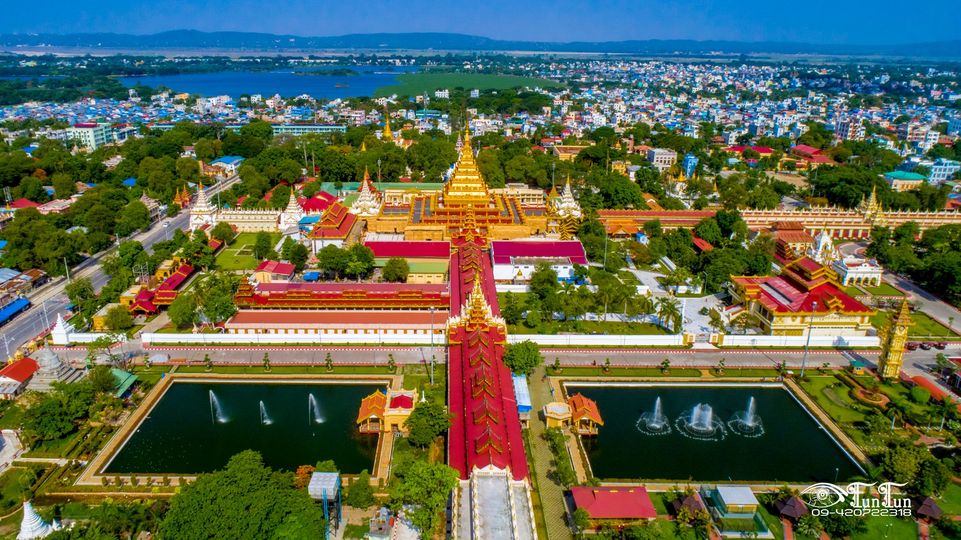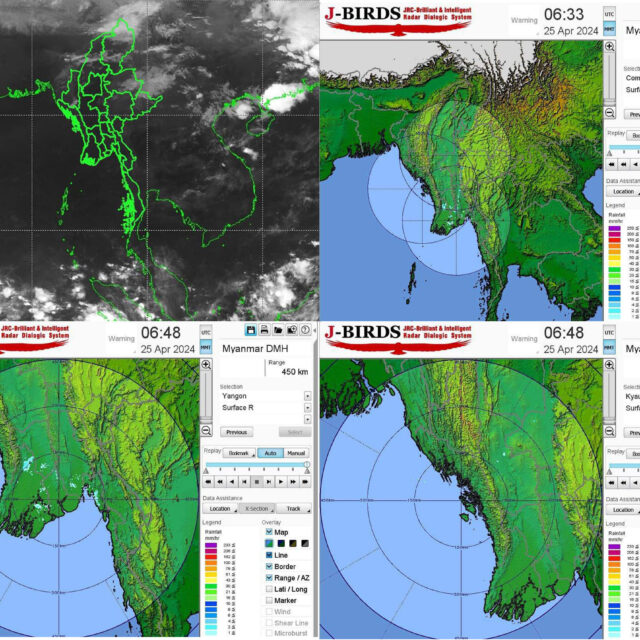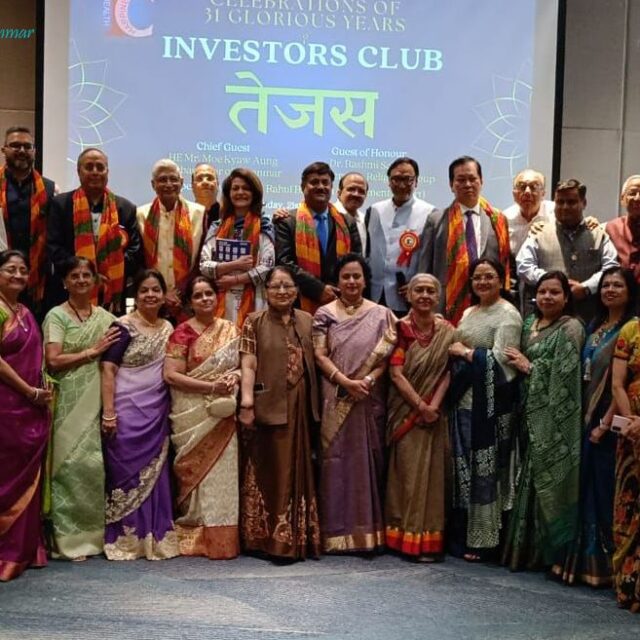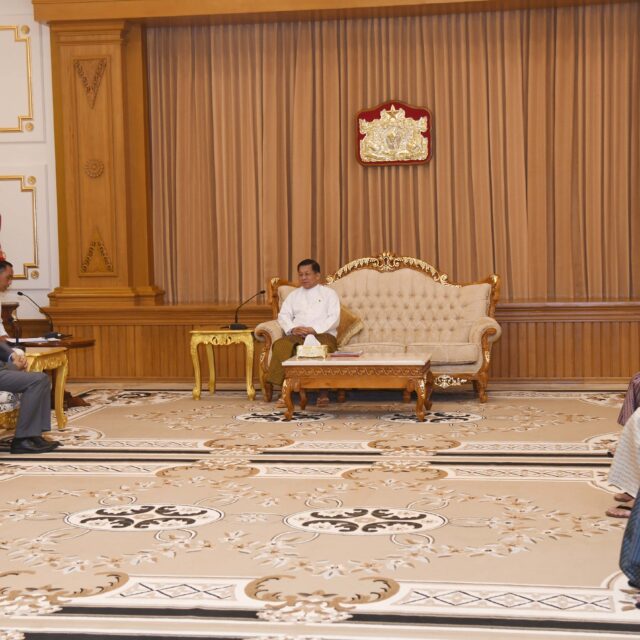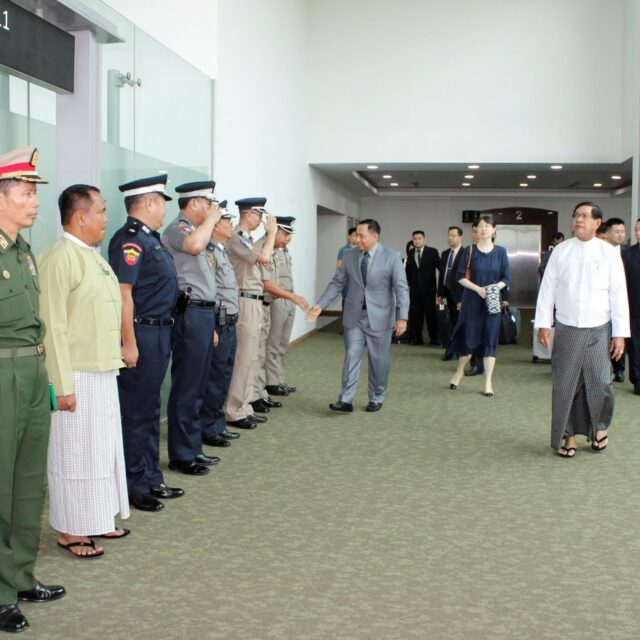Health is defined as “a state of complete physical, mental, and social well-being and not merely the absence of disease or infirmity” (WHO, 1948).
Exercise is Medicine Initiative (EIM) – Exercise is Medicine which calls for physical activity to be included as a standard part of medical treatment and the patient care process.
The scientifically proven benefits of physical activity remain indisputable, and they can be as powerful as any pharmaceutical agent in preventing and treating a range of chronic diseases and medical conditions.
What is physical activity – WHO defines physical activity as any bodily movement produced by skeletal muscles that require energy expenditure. Physical activity refers to all movement including during leisure time, for transport to get to and from places, or as part of a person’s work. Both moderate- and vigorous-intensity physical activity improve health.
Popular ways to be active include walking, cycling, wheeling, sports, and active recreation and play and these can be done at any level of skill for enjoyment by everybody. Regular physical activity is proven to help prevent and manage non-communicable diseases such as heart disease, stroke, diabetes and several cancers. It also can prevent hypertension, maintain a healthy body weight and improve your mental health, quality of life and well-being.
Levels of physical activity globally – More than a quarter of the world’s adult population (1.4 billion adults) are insufficiently active in their daily lives. Globally, 81 per cent of adolescents aged 11-17 years were insufficiently physically active in 2016.
Globally, round about one in three women and one in four men do not have enough physical activity to be a healthier life. This means they do not meet the global recommendations of at least 150 minutes of moderate-intensity or 75 minutes of vigorous-intensity physical activity per week.
In high-income countries, 26 per cent of men and 35 per cent of women were insufficiently physically active, as compared to 12 per cent of men and 24 per cent of women in low-income countries. There has been no improvement in global levels of physical activity since 2001. Insufficient activity gradually increased by five per cent (from 31.6 per cent to 36.8 per cent) in high-income countries between 2001 and 2016.
Low or decreasing physical activity levels often correspond with a high or rising gross national product. The drop in physical activity is partly due to inaction during leisure time and sedentary behaviour on the job and at home. Likewise, an increase in the use of “passive” modes of transportation also contributes to insufficient physical activity. Increased levels of physical inactivity have negative impacts on health systems, the environment, economic development, community well-being and quality of life.
How to increase physical activity – Countries and communities must take action to provide everyone with more opportunities to be active, in order to increase physical activity. This requires a collective effort, both national and local, across different sectors and disciplines to implement policy and solutions appropriate to a country’s cultural and social environment to promote enable and encourage physical activity.
WHO response – In 2018 WHO launched a new Global Action Plan on Physical Activity 2018-2030 which outlines four policy action areas and twenty specific policy recommendations and actions for Member States, international partners and WHO, to increase physical activity worldwide. The global action plan calls for countries, cities and communities to adopt a ‘whole-of-system’ response involving all sectors and stakeholders taking action at global, regional and local levels to provide safe and supportive environments and more opportunities to help people increase their levels of physical activity.
In 2018, the World Health Assembly agreed on a global target to reduce physical inactivity by 15 per cent by 2030 and align with the Sustainable Development Goals. The commitments made by world leaders to develop ambitious national SDG responses provide an opportunity to refocus and renew efforts at promoting physical activity.
In addition, we would like to suggest that to conduct community-wide communication campaigns to raise awareness and knowledge of the multiple health, economic and social benefits of being physically active, investing in new technologies, innovation and research to develop cost-effective approaches to increasing physical activity, particularly in low resource contexts and ensure regular surveillance and monitoring of physical activity and policy implementation.
References
-WHO Health Definition (1948)
– www.exerciseismedicine.org
-WHO Fact Sheets for Physical Activity



